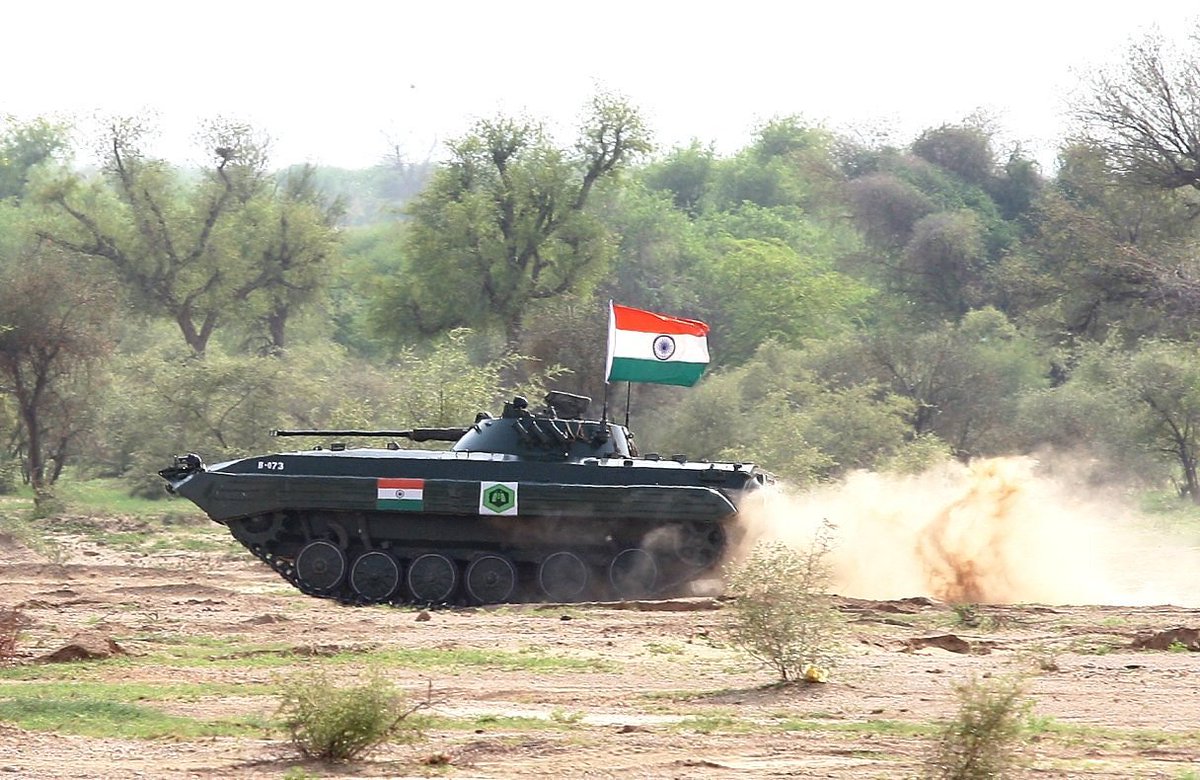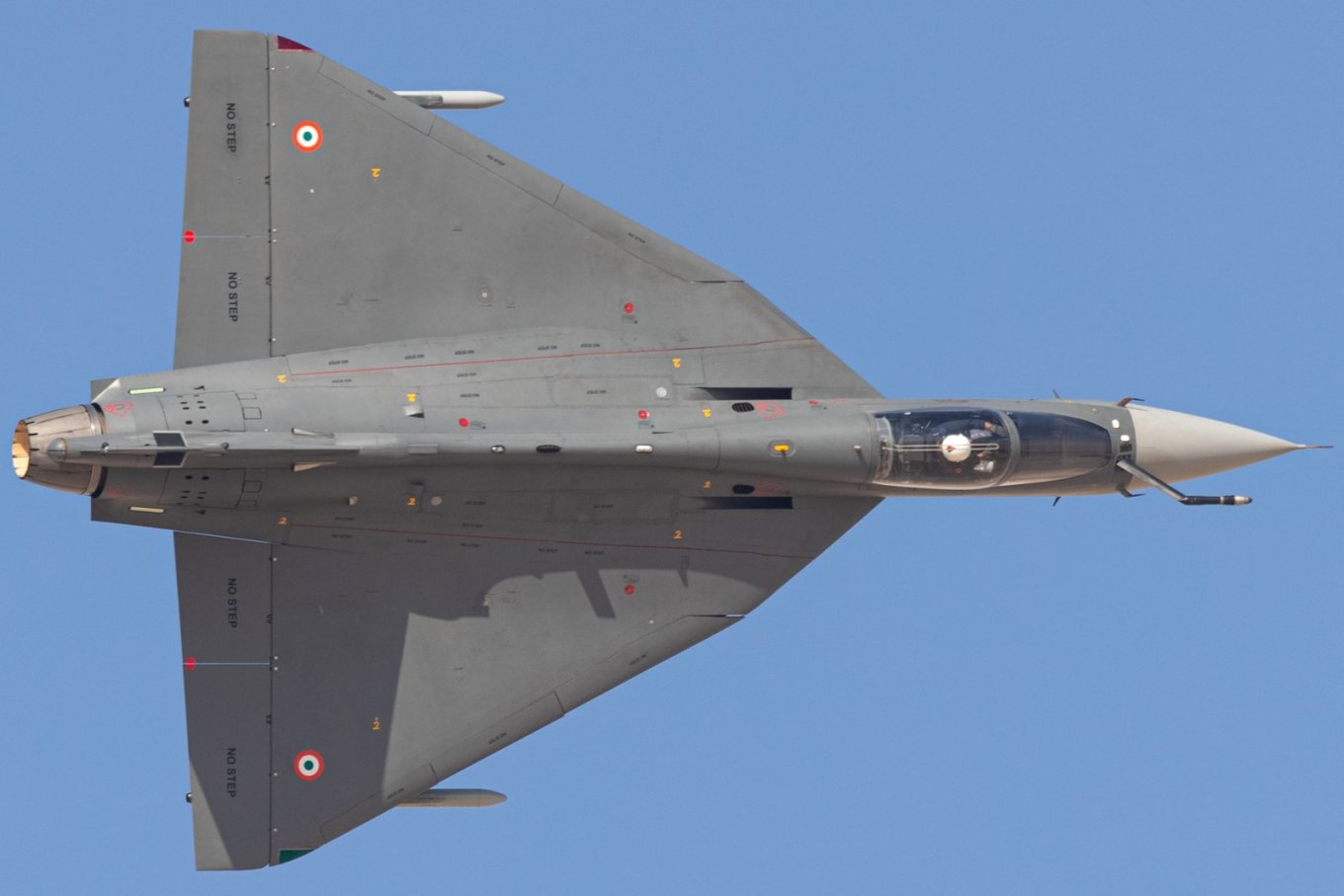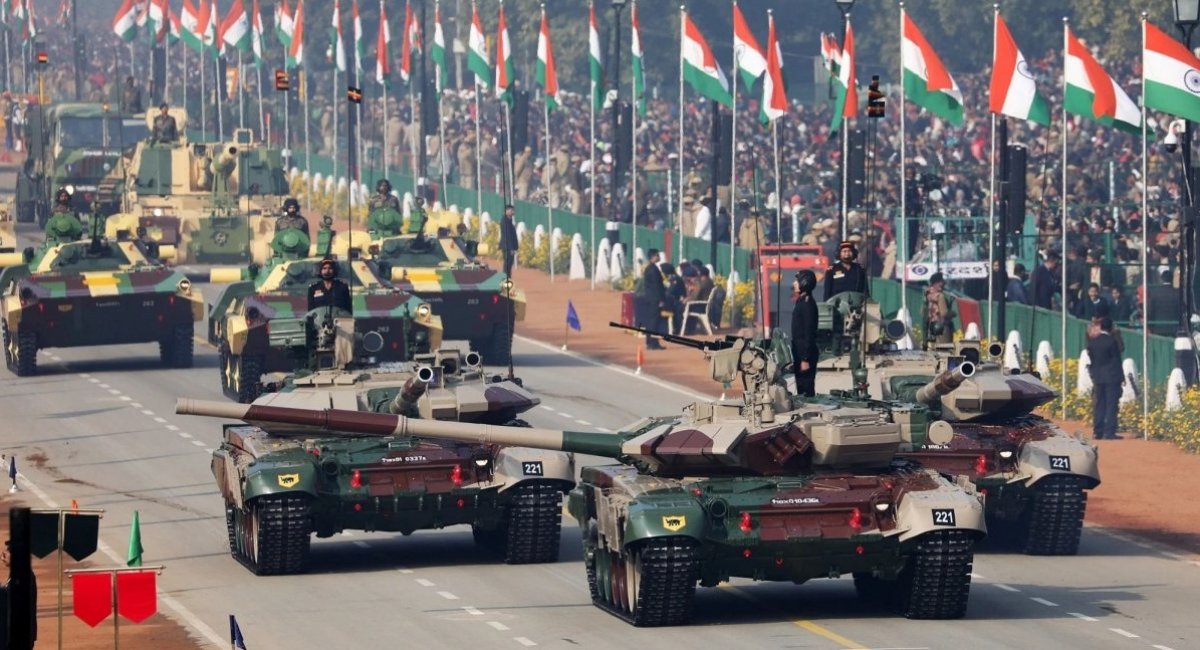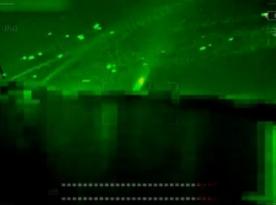For years, India remained the most valuable customer of the Kremlin. It eagerly purchased weapons, and this trend began during the Soviet era when the country received aviation, armored vehicles, artillery, anti-aircraft systems and ships from Moscow in large quantities. This policy continued even after the collapse of the Soviet Union.
According to estimates, the share of Soviet-russian weapons in the Indian armed forces starts from 60% and reaches up to 85%, depending on the calculation methodology. In any case, it is an enormous dependence of the country's combat readiness on russia.
Read more: Ukraine’s Military Showed the Patriot PAC 3, Which Is On Combat Duty And Ready to Shoot Down Targets at the Range of 150 Km

Currently, India is facing the impossibility of importing russian weapons, including the delivery of two out of five ordered in 2018 S-400 missile-defense system batteries $5.43 billion worth. Overall, current contracts of at least $2 billion have been frozen, along with the russian credit pipeline of $10 billion, as reported by Bloomberg.
This is due to U.S. sanctions, russia's inability to fulfill contracts, Delhi's fear of potential U.S. sanctions on India, and attempts to find a single currency for settlements: one party does not want to pay in rubles, and the other - to accept in rupees. The is a whole complex of problems that are very difficult to solve.
But in reality, the situation is even more critical for India, as it is not just about acquiring new weapons, but about supporting the existing ones, which account for up to 85% of all weapons in the armed forces, including the ground forces, air forces and navy.

India is facing a question of what engines and components to use for its 3,600 units of Soviet-russian T-72 and T-90 tanks, 3,100 units of BMP-1 and BMP-2 infantry fighting vehicles, over 260 units of MiG-29 (NATO reporting name: Fulcrum) and Su-30MKI (NATO reporting name: Flanker-H) fighter jets. The issue of air defense remains open due to the absence of a supplier of missiles for Soviet-made air defense systems.
India has been trying to solve all of these issues for a long time, attempting to focus on its defense production. This includes the Arjun tank project, which turned out to be more expensive than russian tanks. Additionally, there's the Indian-made Tejas aircraft, a contract for which is valued at $6.5 billion, and plans for a fifth-generation AMCA, but this only addresses long-term needs.

In the short and medium term, India's outlook appears quite bleak, as the country cannot afford a significant deployment towards the West due to the high costs. With a dependence level of 85% for its 1.4 million-strong armed forces, India finds itself in a difficult position. Moreover, China, as an alternative, is also off the table, as the two countries are rivals engaged in increasingly active disputes over the mountainous region of Ladakh. All this is happening against the backdrop of a global shortage of arms, in contrast to long-term russian loans, which are a comfortable option for Delhi.
Of course, India is only the most eloquent example, while russia has actively supplied weapons to countries such as Egypt and Algeria. The latter has ordered T-90 tanks, S-300 (NATO reporting name: SA-10 Grumble) air defense systems with Pantsyr (NATO reporting name: SA-22 Greyhound) anti-aircraft artillery systems, Su-30MKA (NATO reporting name: Flanker-C) multirole fighter jet, and Project 636Varshavyanka submarines. Compared to Egypt, which diversified its suppliers more effectively, the situation with russian weapons is quite negative for Algeria.
The countries that have bought russian weapons are now faced problems with the weaponry’s maintenance, repair and overhaul as wel as upgrade. The life cycles of the armaments usually span several decades of operation and require maintenance and updates to maintain combat capabilities at the appropriate level. However, what was purchased for billions of dollars with an expected service life of 20-40 years is now at risk of becoming scrap metal that may last only until the first serious breakdown.
Read more: Ukraine Received Skynex Air Defense Systems and Became One Step Closer to Echeloned Air Defense














